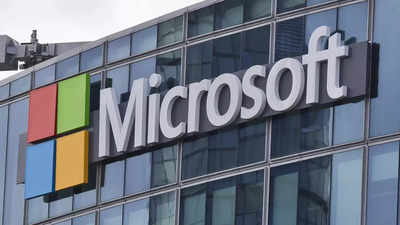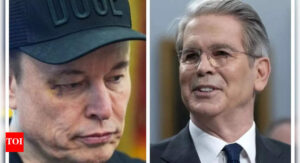Microsoft president Brad Smith shares an update on company’s 2030 goals: “It was all on track and then came this thing called…” |

Microsoft‘s ambitious plan to become carbon negative by 2030 has been drastically complicated by the company’s aggressive push into artificial intelligence, according to Vice Chair and President Brad Smith.
Smith’s candid assessment came during a recent employee town hall where he acknowledged the company’s environmental targets have effectively quadrupled in difficulty due to AI investments.
According to reporting from The Verge, Microsoft is now investing $80 billion in data centers to power AI workloads this fiscal year alone, creating significant tension with sustainability commitments made five years ago.
Brad Smith says Microsoft is intensifying its efforts to meet environmental goals
Rather than abandoning its environmental goals, Microsoft claims to be intensifying efforts. “It’s as if the thing that everybody called our moonshot now had a moon that had moved. So what do you do when the moon moves? You build a more powerful rocket ship,” Smith explained.
The company has secured 34 gigawatts of carbon-free energy across 24 countries and is implementing efficiency improvements in energy and water usage. However, significant challenges remain in addressing the carbon footprint of materials like steel, concrete, semiconductors, and fuels.
Microsoft president believes AI might solve the climate challenges
Smith expressed optimism that AI itself might contribute to solving climate challenges, stating, “You use the power of AI to crack the code to make the further advances we’re going to need to make.”
The tension highlights the broader tech industry struggle to balance aggressive AI development with environmental commitments. While Microsoft CEO Satya Nadella focuses on competing with companies like DeepSeek in the AI space, the company must also answer to employees concerned about sustainability.
Despite skepticism from observers who view the carbon-free goal as increasingly unrealistic, Smith remains confident: “I still have enormous optimism that we’re going to surprise the world in 2030.”






